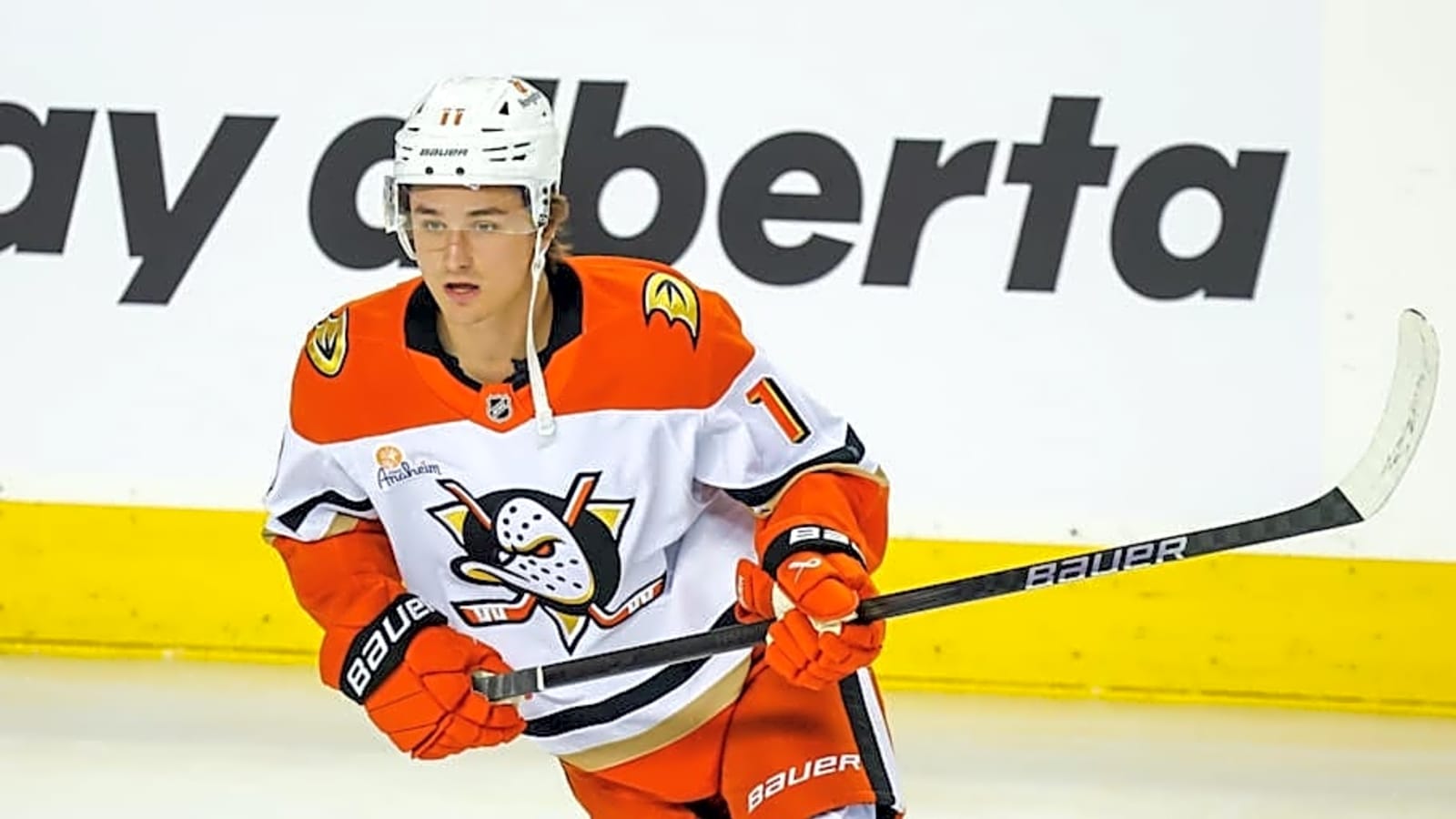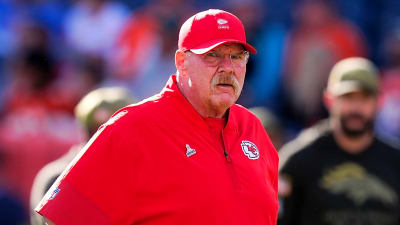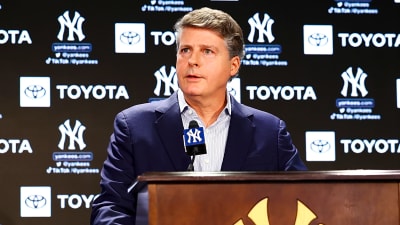
For nearly a decade, the Philadelphia Flyers have tried to patch holes down the middle. When Sean Couturier was in his prime, he gave Philadelphia one of the best two-way centers in the league, capable of shutting down stars while producing offense. Even former captain Claude Giroux, who spent much of his career at center before moving permanently to wing, couldn’t fully plug the gap, highlighting just how persistent Philadelphia’s middle-of-the-ice issues have been.
Injuries have taken their toll, and the team has been unable to replace that consistency. From stopgap options like Kevin Hayes to developmental projects that never quite worked out, the Flyers’ depth at center has been a revolving door. Each summer seems to bring a new plan to fix the problem, but more often than not, the lineup enters October with more questions than answers.
Trevor Zegras is the flashiest part of this new solution. At his best, he’s one of the NHL’s most creative playmakers, capable of highlight-reel passes and instant offensive sparks. Despite having back-to-back 60-plus point seasons in 2021-22 and 2022-23, he posted just 12 goals and 20 assists in only 57 games, averaging 17 minutes of ice time per night last year. Still just 24 years old, Zegras has room to grow into a true top-line pivot, but questions about his consistency and defensive play continue to follow him. If he can find a balance between his high-risk skill set and the structure demanded by Rick Tocchet, Zegras could finally give the Flyers the offensive centerpiece they’ve been missing.
Christian Dvorak brings a different profile. More steady than spectacular, Dvorak is a responsible two-way center who can be trusted in key defensive situations. He produced 12 goals and 21 assists, playing in all 82 games last year, while averaging 15 minutes per game. His offensive ceiling is limited compared to Zegras, but his experience gives Tocchet a reliable option to stabilize the bottom half of the lineup. On a team that often struggles with defensive zone exits and matchup control, Dvorak’s presence could prove quietly valuable.
The Flyers’ center group will likely also feature Sean Couturier and Noah Cates, though their roles remain fluid. Couturier, if healthy, is still capable of anchoring a shutdown line while contributing secondary scoring — last season, he recorded 15 goals and 30 assists in 75 games, averaging 17 minutes per game. Whether he can play a full season is another matter entirely, and his health will remain a key storyline. Cates, meanwhile, is expected to chip in as a versatile depth piece. He added 16 goals and 21 assists in 78 games last year and brings the kind of energy and responsibility Tocchet values in his bottom-six forwards.
Even with these names, the Flyers’ situation down the middle is far from certain. Zegras has the talent to be a game-changer, but he hasn’t yet proven he can carry a team’s offense over an 82-game schedule. Dvorak is steady but unspectacular, and Couturier’s durability is always in question. Beyond those four, depth is thin, and the organization doesn’t have immediate NHL-ready reinforcements waiting in the AHL.
That leaves the Flyers in an awkward middle ground. On paper, this is a better group than in years past, but it still may not match the top-six center depth of true contenders in the Eastern Conference. The team’s playoff hopes will depend on whether Zegras can emerge as a reliable top-line center and whether Dvorak and Cates can provide enough stability behind him. If those pieces click, the Flyers could turn a long-standing weakness into something closer to a strength. If not, the “center ice crisis” may remain the defining storyline of another season in Philadelphia.
More must-reads:
- Cowboys designate Trevon Diggs for return
- Michigan State to fire HC Jonathan Smith with potential replacement already in mind
- The 'Five game-winning-drives in a season' quiz
Breaking News
Trending News
Customize Your Newsletter
 +
+
Get the latest news and rumors, customized to your favorite sports and teams. Emailed daily. Always free!








